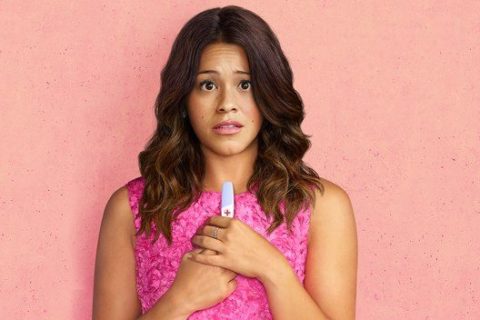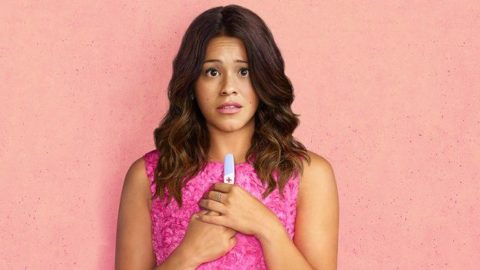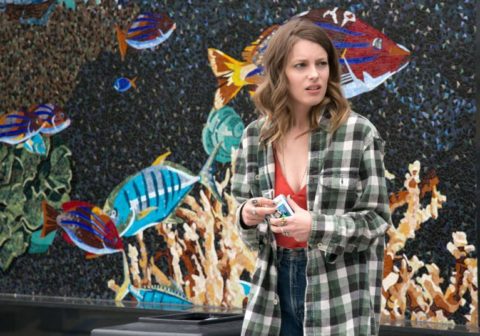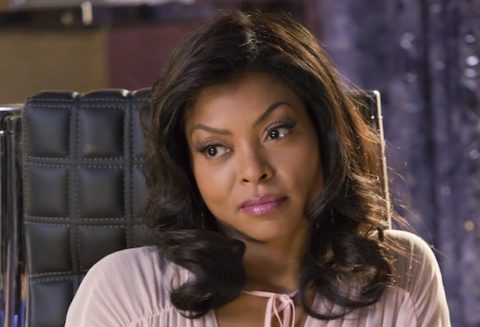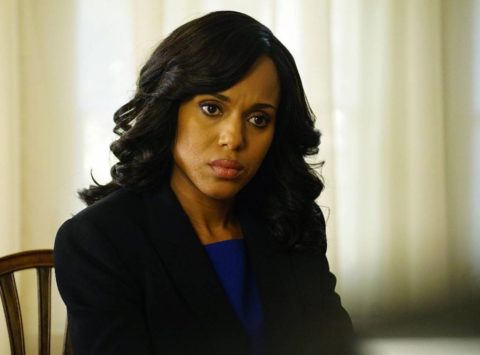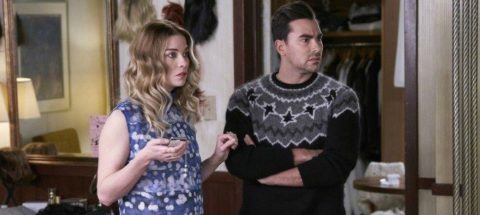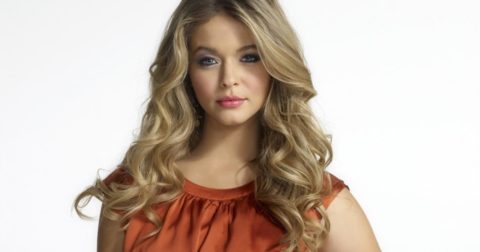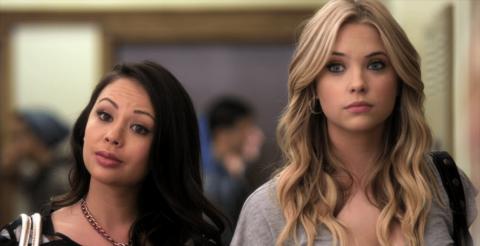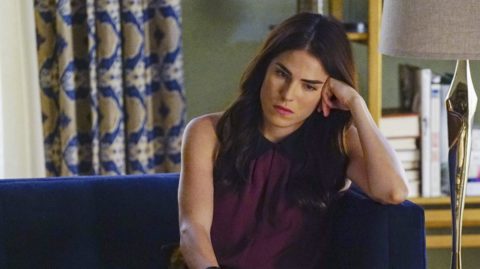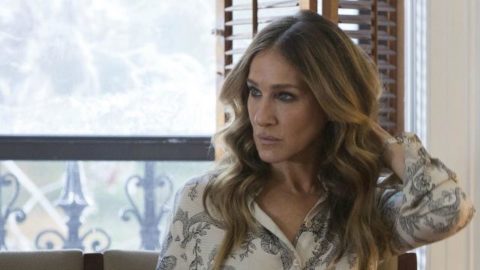The One Thing About TV Hairstyles You’ve Probably Never Noticed
Take a quick scroll through your TV channels and you’ll probably notice one thing: the women all have the same hairstyle.
What’s aptly been dubbed “TV hair” by Emily Witt in a recent article for The New York Times’ T Magazine, is at least shoulder-length, straight at the top and curled from mid-shaft to the ends (T Magazine notes it’s essentially Drybar’s “The Cosmo” look).

It’s not exclusive to race, age or class (Kerry Washington’s Olivia Pope wears it on Scandal as does three of the main characters on Jane the Virgin), and it’s usually parted at the centre, though off-centre parted styles can still be considered part of the “TV hair” family.
So why is the ‘do so pervasive? According to Cynthia Vanis, a film and television hair department head who has worked for Younger and Law & Order: SVU, it makes filming so much easier.
“Straight hair moves a lot, and if one piece is out of place, you can totally tell. You can cheat easier when there’s more movement within the hair,” Vanis told Racked. She also said the style “opens up the face,” and prevents any stray strands from getting in the way.
“You can have your hair down without it hanging directly over your eyes, which is the biggest criticism every director has: ‘Can we get her hair out of her face?’ You curl the hair back, and it’s automatically opening up the face and especially the profile, which is the hardest thing to shoot on a woman with her hair down,” she explained.
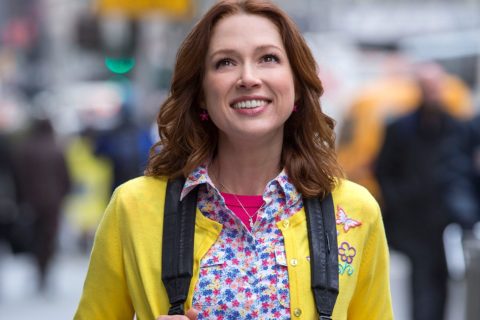
Witt has a different theory, however. She believes TV hair is an indicator of the character’s depth – the more manicured the hair, the worse the role.
“The artificial look of the protagonists on shows like Love, 2 Broke Girls and New Girl — stories of ‘quirky’ young women who don’t conform to stereotypical gender roles — is a signal that the only thing layered about them is their hair,” Witt writes. “The haircut transforms all television heroines into variations on an un-woman.”
By contrast, she argues, characters with “undone” or even “disastrous” hairstyles are the best ones on television because it looks more like a real person and less like a beauty pageant contestant.
“In fact, the less sleek the hair, the more likely a show will have a memorable female protagonist,” she writes, using Issa Rae as Issa Dee on Insecure and Viola Davis’ Annalise Keating on How to Get Away With Murder as examples.
And indeed, TV hair truly is worn by unrealistic and sometimes (dare we say) vapid characters. Ellie Kemper’s Kimmy Schmidt on Unbreakable Kimmy Schmidt is a young woman who was rescued from a doomsday cult and attempting to start life over again in New York City. Not exactly a relatable storyline (though her character traits, at surface-level, could arguably speak to some viewers), meaning TV hair. Meanwhile, Gaby Hoffman’s Ali on Transparent, as Witt notes, goes through several hairstyles in an attempt to figure out her identity, something almost all women (and often men) can relate to.
But perhaps the hairstyle itself is what essentially makes female protagonists less memorable than their messy-haired counterparts: those who choose not to conform are bound to stand out more.
One thing’s for sure: TV hair is getting kind of tired, as are the not-so-complex female characters who sport them.

